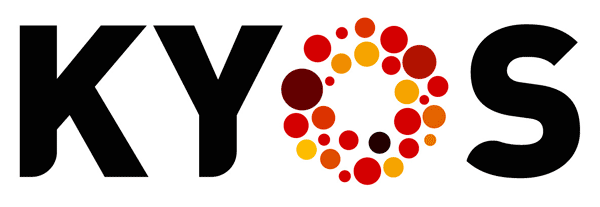What is a green certificate?
A green certificate is a tradable asset which proves that electricity has been generated by a renewable (green) energy source. It is also referred to as Renewable Energy Certificate (REC), Renewable Obligation Certificate (ROC) or more generally a Guarantee of Origin (GO or GoO) from a renewable energy source.
Instrument for governments to encourage renewable energy production
Green certificates are traded for compliance reasons or on a voluntarily basis. Green certificates are issued and traded in compliance markets because of governmental policies which require suppliers to have a certain percentage of renewable production in their supply portfolio. With green certificates, governments can set exact targets as to the level of renewable production in a country, while the market finds the most efficient way to meet these targets. It is an alternative to other policy mechanisms, such as renewable investment subsidies, renewable production subsidies, fiscal benefits and feed-in tariffs. A green certificate is typically issued per 1 MWh of renewable power, but in compliance markets the number of green certificates may depend on the source, whereby greener or more innovative technologies obtain more certificates than other technologies per MWh of power produced.
Green certificates, or more generally Guarantees of Origin, are purchased on a voluntary basis to get guaranteed green electricity. This allows end-users, businesses and households alike, to reduce their CO2 footprint. For corporates, this has commercial benefits, as it improves their reputation and provides a competitive edge in a society in which awareness and the importance of environmental impacts are ever increasing.

Green certificates from hydro power
Green Certificate trading
A green certificate may be considered the opposite of an emission certificate. Whereas emission certificates, such as EUA’s (EU Allowances), impose a cost on non-renewable production and set a maximum to the total emissions, green certificates create an extra revenue for renewable production and guarantee a minimum of renewable production.
The price of the green certificates depends on the scarcity in the market. The price is higher when the green certificates scheme is driven by tight targets of government policies. Certificates cannot be transferred between the European markets, as opposed to emission certificates, so the total market size is often small and trading rather illiquid.
This is one of the reasons why compliance markets for green certificates have lost popularity in recent years and just a few European countries still rely on this mechanism, including Belgium, Sweden, Norway and Poland. Most markets have been nationally organised, except for Norway and Sweden, which have the joint Elcertificates market (ElCert). Most trading activity is via brokers, such as STX, Cleanworld, Evolution Markets and ACT, or via the Green Power Hub platform.
Follow the links if you wish to know more about the KYOS price analytics, or about our services in renewable energy and PPA contracts. You can also find more in-depth information about green certificates in this article on renewable certificates.
Alternatively, please contact us directly.
